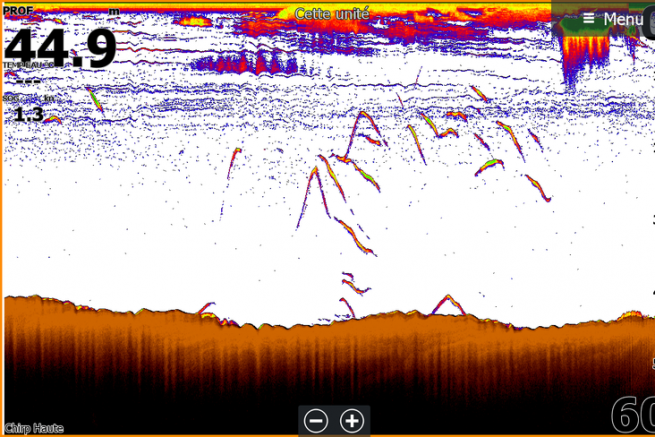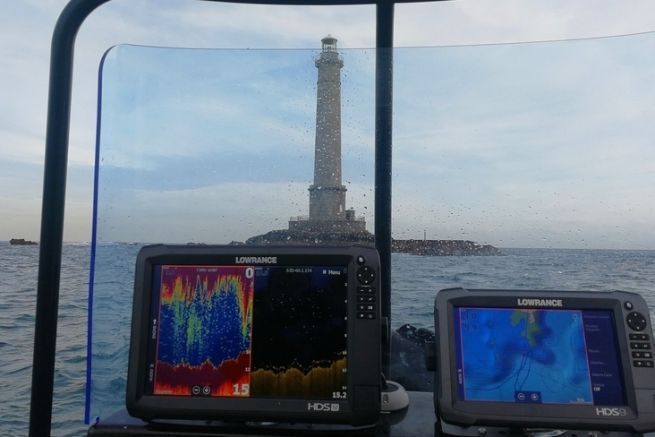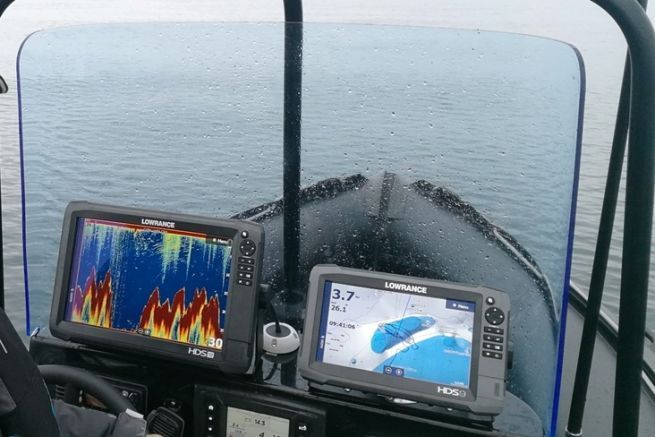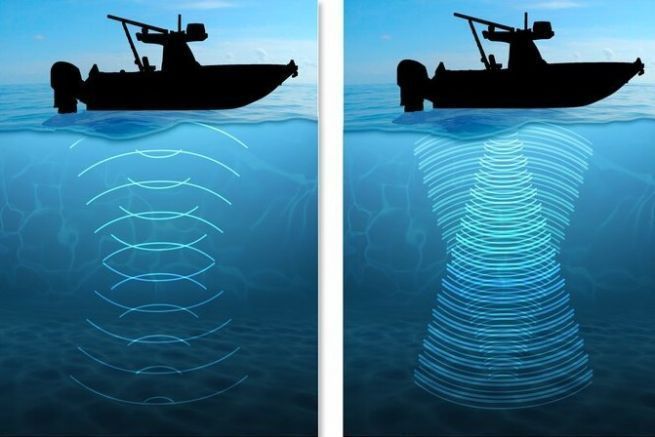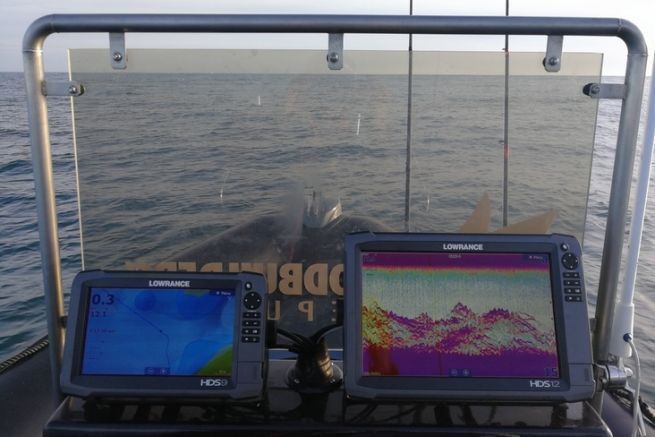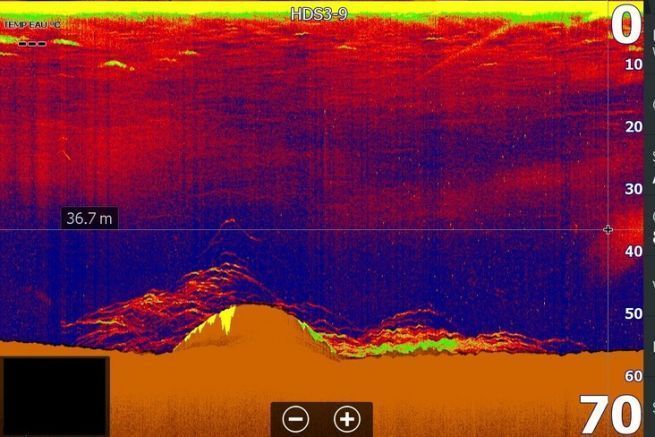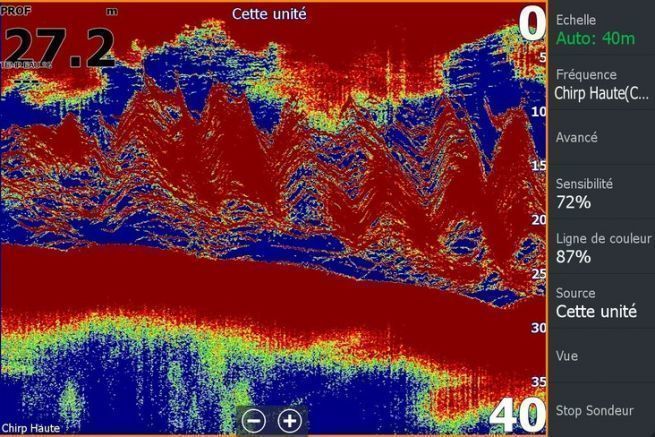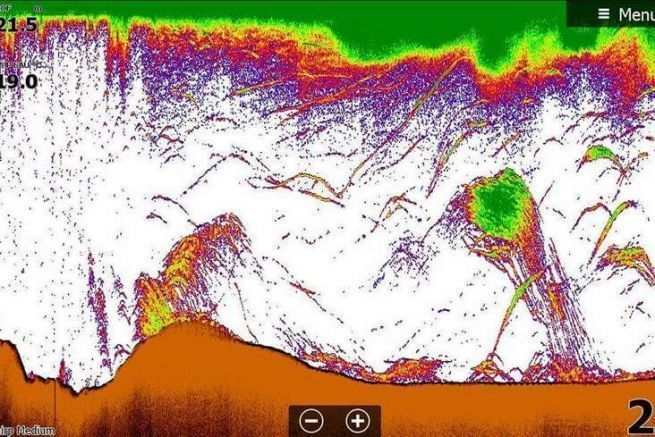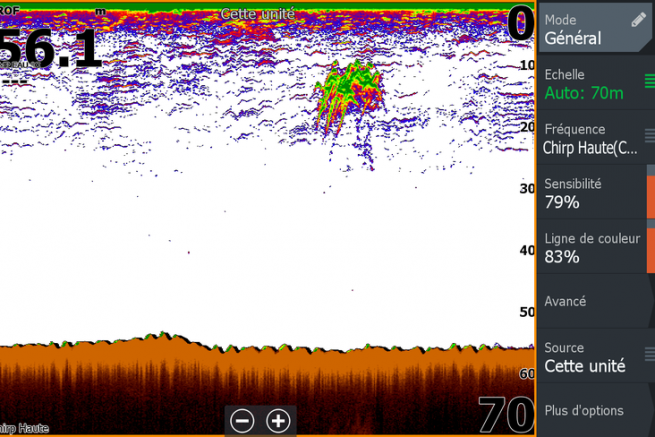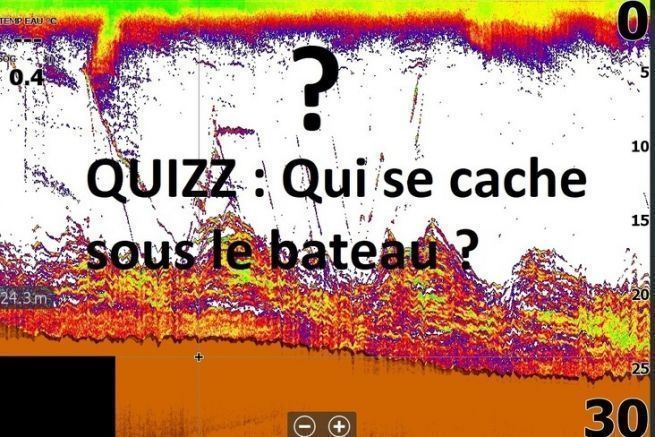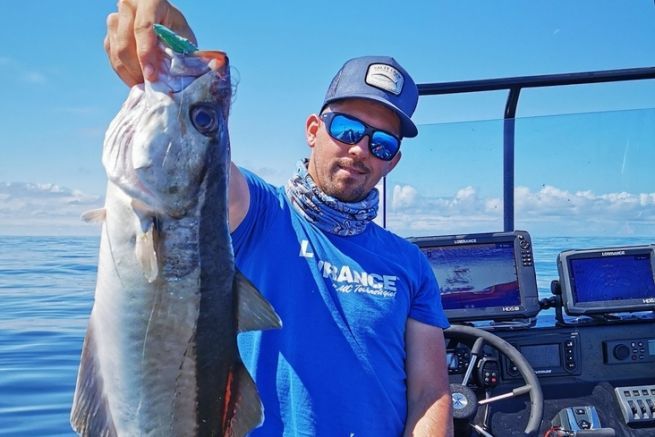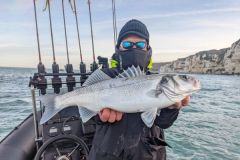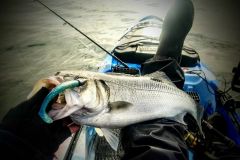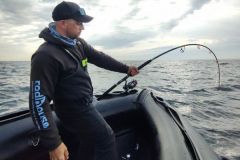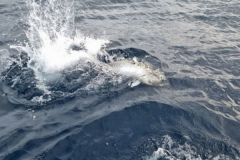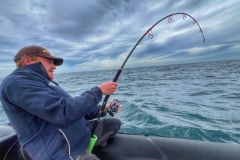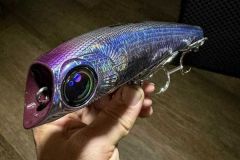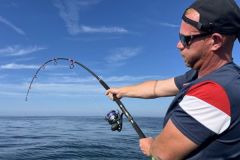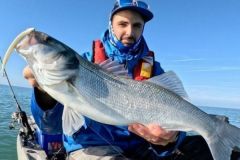The tuna that we encounter in our latitudes is the famous Bluefin Tuna or more commonly called bluefin tuna. These unusual fish are increasingly present on our coasts and no need to go to the open sea to cross their path. It is therefore quite possible that during a fishing trip by boat near the coast, you will see on your sonar large echoes. A shark? A dolphin? Don't panic, the teeth of the sea are only a legend!
A fish that lives in a school
As always, if you want to identify precisely who is hiding behind the echoes displayed on your sonar, knowing the species is a precious help. For bluefin tuna, you will rarely find single fish but rather small schools of a few individuals to several dozen. These predators mainly hunt bluefish such as sardines, mackerel and anchovies. It is thus close to the surface that you will meet them. Finally, the size of the echoes will be consequent. Indeed, bluefin tuna commonly encountered on our coasts of Brittany or Atlantic vary between 100 and 250 kilos and more.
The typical tuna echo
In most cases, you will see large, well-marked echoes appear on your fishfinder, either in compact schools or scattered.
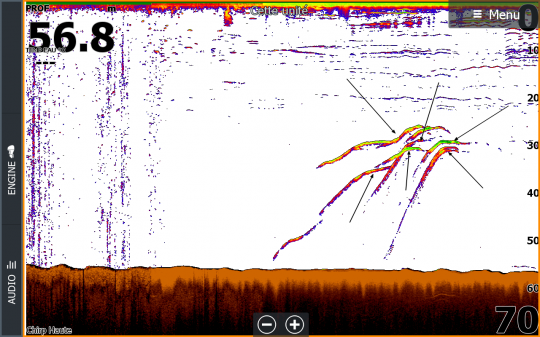
This first capture shows us a school of 5 individuals. The shape of the echoes, that is, continuous from the bottom to the surface, shows that they went up to stabilize at a depth of about thirty meters. The linear aspect of the echoes shows a calm activity. If they had been hunting, the echoes would have been in the shape of an arc as on the following capture.
This behavior is also explained by the absence of forage fish. In this situation, it is complicated to trigger a lure attack. Even if a popper can quickly irritate them and change their behavior.
Bluefin tuna hunting
Here, an interesting capture with a strong activity. A school of several individuals (marked by the black arrows) hunting between 25 and 10 m depth. Around 5 m under the surface, just above the tuna, small echoes testify to the presence of food explaining their attitude. In this situation there is a great chance to bite a fish.
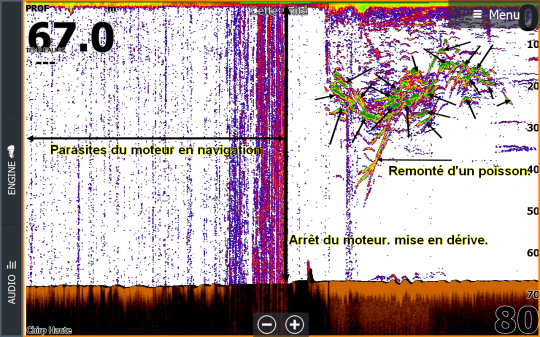
Finally, 3rd capture with 2 different situations

First, on the central part of the screen, a school of tuna spaced. The echoes in the shape of an arc are well marked. No doubt, the fish are present.
The second part, the most interesting for my taste, is located in the yellow rectangle. We can distinguish balls of forage fish, very compact and next to them, some red echoes.
These are tuna that are very close to the surface, hunting in the forage fish.
In this situation, the likelihood of a successful strike is high. Use a popper or a shad in a linear pattern to optimize your chances.
Ãeuros retain
- Tuna echoes are large, often arc-shaped.
- They are generally located between the mid-depth and the surface.
- Make a distinction between passive and active fish echoes.

 /
/ 